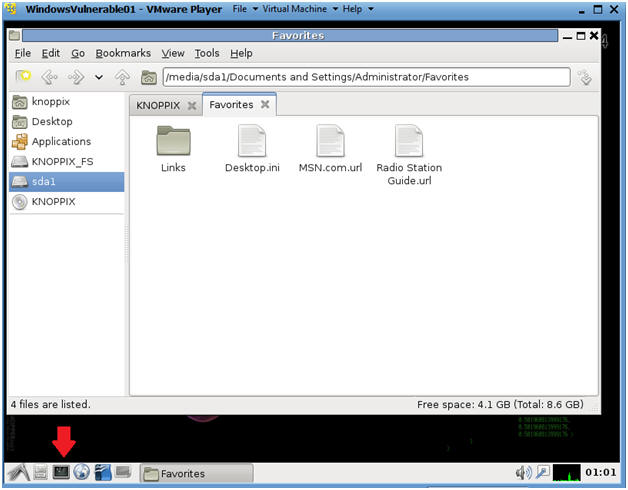

You can modify this %pre script to identify and delete and more partitions, file systems on your Linux environment. Raid_devices=$(mktemp /tmp/mdstat.XXXXXXXXX)Ĭat /proc/mdstat | grep ^md | cut -d : -f 1 > $raid_devicesĪvailable_disks=$(mktemp /tmp/disks.XXXXXXXXX) As a solution we will write a %pre script to manually delete all existing partitions, wipe out all partition and file system labels, delete any raid devicesīelow is my sample %pre script to fix kickstart clearpart not working problem. It is possible that a partition is still in use which is why clearpart fails to delete partitions. Solution: Kickstart clearpart not working -disklabel=LABEL - Set the default disklabel to use.-cdl - Reformat any LDL DASDs to CDL format.-none (default) - Do not remove any partitions.-list= - Specifies which partitions to clear.-initlabel - Initializes a disk (or disks) by creating a default disk label for all disks in their respective architecture that have been designated for formatting.-drives= - Specifies which drives to clear partitions from.-all - Erases all partitions from the system. Try DIRECTLY installing anything not Ubuntu/Debian onto Ubuntu.In some scenarios Kickstart clearpart not working issue is seen where it fails to delete existing partitions due to which kickstart installation fails. Once the above command returns success, check the partition table using fdisk. You can also delete a partition table using the offset value as shown above. It is possible that after a wipefs -o offset the same filesystem or partition table will still be visible because of another magic string on another offset. The device is not scanned for additional magic strings for the same filesystem. In the kickstart file we use clearpart command to erase some or all the existing partitions If I had a GPT partition table then to clear the same. The wipefs command lists only the first offset where a magic string has been detected.


 0 kommentar(er)
0 kommentar(er)
